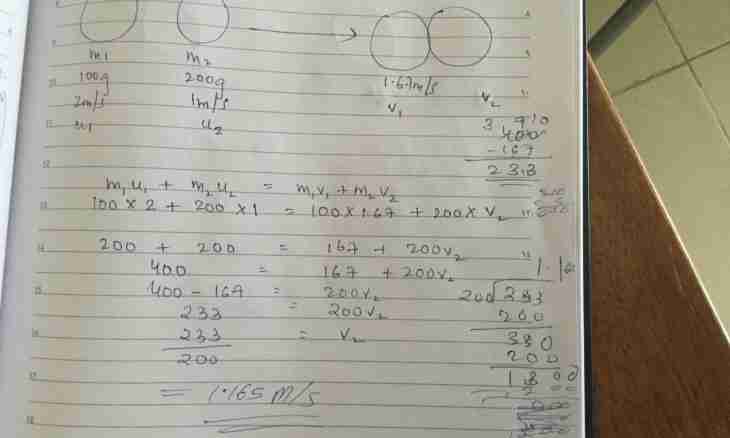The atomic nucleus is insignificant a little in comparison with its general sizes. Such figurative model of atom of hydrogen will help to present it, for example: if in the center of the football field to put the small apple representing a kernel, then the orbit of an electron would pass approximately across the goalkeeper line. The absolute majority of volume of atom is occupied by emptiness. And at the same time so absolute majority of mass of atom is concentrated in its kernel. It is enough to tell that in the same atom of hydrogen its kernel is heavier, than an electron, by 1836 times! And how to find the mass of an atomic nucleus?
Instruction
1. The mentioned atom of hydrogen has the simplest structure of a kernel from all chemical elements. It consists of the only particle which is called "proton". All other elements have more complex structure, and in structure of their kernels, besides protons, so-called "neutrons" enter. Remember that the mass of a proton practically coincides with the mass of a neutron. It is very important.
2. "the atomic unit of mass", or in a different way by Dalton is taken for unit of measure. It is weight 1/12 atoms of isotope of carbon. It is approximately equal 1.66*10^-24грамм. You should proceed from this size, counting the mass of a kernel of any given chemical element.
3. It is easily possible to understand that as the mass of electrons it is insignificant it is small in comparison with the mass of protons and neutrons, it in calculations can be neglected. Certainly, if very high precision is not required. Therefore, solving a problem about finding of mass of a kernel, it is possible to consider only "heavy" particles – protons and neutrons. Their sum gives you "mass number". It needs to be increased by the size of atomic unit of mass and to receive the required result.
4. And how to learn mass number? Here the well-known Table of Mendeleyev will come to the rescue. In it strictly certain place is allocated to each element, and also all necessary information is given. In particular the atomic mass of an element which can be taken for mass number as the lump of electrons of atom it is insignificant is specified it is small in comparison with the mass of protons and neutrons.
5. Review a concrete example. Here well familiar metal – gold (Au). Its atomic mass – 196.97. Round it to 197 and increase by the size of atomic unit of mass. Receive: (197*1.66) *10^-24 = 327.02*10^-24 = 3.2*10^-22 gram. Here such is the approximate mass of an atomic nucleus of gold.

